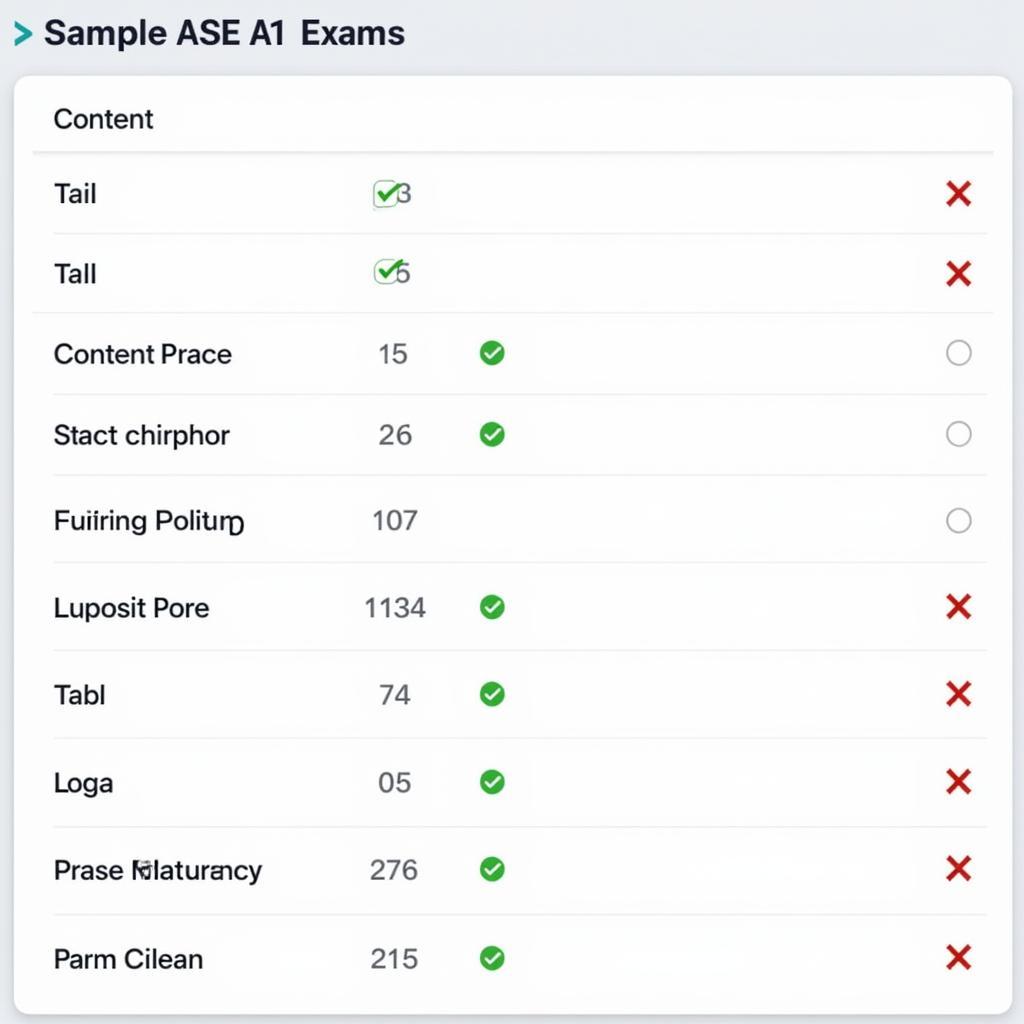Silicon photonics, the technology that merges the power of light with the scalability of silicon microchips, is poised to revolutionize various industries. In ASEAN, this “light on a chip” technology is emerging as a key driver of digital transformation, promising faster internet speeds, more efficient data centers, and advancements in fields like healthcare and manufacturing. ASEAN silicon photonics is quickly becoming a topic of significant interest, with potential to reshape the region’s technological landscape.
What is ASEAN Silicon Photonics and Why Does it Matter?
Silicon photonics integrates optical functionalities onto silicon chips, enabling data transmission through light rather than electricity. This offers significant advantages over traditional electronics, including increased bandwidth, lower power consumption, and reduced latency. For the ASEAN region, grappling with rapidly expanding digital economies and increasing demand for data capacity, asean silicon photonics presents a game-changing solution. It promises to enhance connectivity, improve infrastructure efficiency, and boost the competitiveness of the region’s digital industries.
The Potential of ASEAN Silicon Photonics in Key Sectors
Several sectors within ASEAN stand to benefit significantly from the adoption of silicon photonics. Telecommunications, data centers, and high-performance computing are prime examples. The technology can empower 5G and beyond networks, enabling faster data speeds and smoother user experiences. In data centers, silicon photonics can optimize interconnects, reducing power consumption and improving efficiency. Furthermore, industries like healthcare and manufacturing can leverage the technology for advanced sensing and imaging applications.
The growth of e-commerce and digital services in ASEAN necessitates robust and reliable data infrastructure. Silicon photonics can address this need by providing high-bandwidth solutions for data centers and networks, ensuring seamless data transfer and facilitating the growth of the digital economy.
Challenges and Opportunities in Developing ASEAN Silicon Photonics
While the potential benefits of silicon photonics are clear, the ASEAN region faces some challenges in its development and implementation. These include the need for significant investment in research and development, infrastructure development, and skilled workforce development. Collaboration between governments, academia, and the private sector is crucial to overcome these hurdles.
However, these challenges also represent significant opportunities. By investing in silicon photonics, ASEAN nations can position themselves at the forefront of technological innovation, attracting foreign investment and creating high-skilled jobs. The development of a vibrant silicon photonics ecosystem can drive economic growth and enhance the region’s global competitiveness.
ASEAN Silicon Photonics: A Catalyst for Regional Integration
ASEAN silicon photonics has the potential to be more than just a technological advancement; it can also serve as a catalyst for regional integration. By fostering collaboration and knowledge sharing among ASEAN member states, silicon photonics can strengthen regional ties and promote a more interconnected digital landscape. This can lead to enhanced economic cooperation and greater prosperity for the region as a whole.
What are the Key Drivers for ASEAN Silicon Photonics Adoption?
- Growing demand for bandwidth: The increasing use of data-intensive applications and the rise of 5G are driving the need for higher bandwidth solutions.
- Need for energy efficiency: Data centers are major consumers of energy. Silicon photonics offers a more energy-efficient alternative to traditional electronics.
- Government initiatives: Several ASEAN governments are actively promoting the development of silicon photonics through various initiatives and policies.
“The development of silicon photonics is crucial for ASEAN’s digital future,” says Dr. Anya Sharma, a leading expert in silicon photonics research at the National University of Singapore. “It offers a path towards a more connected, efficient, and competitive digital economy.”
Conclusion: Embracing the Future with ASEAN Silicon Photonics
ASEAN silicon photonics presents a transformative opportunity for the region. By embracing this cutting-edge technology, ASEAN countries can unlock significant economic and social benefits, drive digital transformation, and secure a leading position in the global technological landscape. Investing in asean silicon photonics today is an investment in a brighter, more connected future for Southeast Asia.
FAQ
- What is the main advantage of silicon photonics? Increased bandwidth and lower power consumption.
- How can silicon photonics benefit ASEAN? It can enhance connectivity and boost the digital economy.
- What are the challenges in developing silicon photonics in ASEAN? Investment in R&D and skilled workforce development.
- How can silicon photonics promote regional integration? By fostering collaboration and knowledge sharing among member states.
- What are the key drivers for ASEAN silicon photonics adoption? Growing demand for bandwidth and the need for energy efficiency.
- Which sectors will benefit the most from silicon photonics? Telecommunications, data centers, healthcare, and manufacturing.
- How can I learn more about ASEAN silicon photonics? Explore other resources on our website and contact us for further information.
You might also be interested in reading more about:
- ASEAN’s digital economy
- 5G development in Southeast Asia
- Technological innovation in ASEAN
When you need support, please contact us: Phone Number: 0369020373, Email: [email protected] Or visit us at: Thon Ngoc Lien, Hiep Hoa, Bac Giang, Vietnam. We have a 24/7 customer support team.

